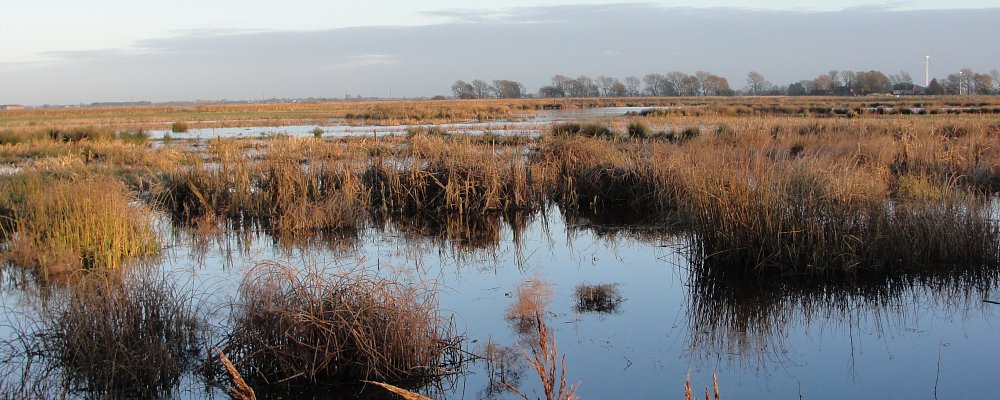History
Each year during ploughing operations, bog oak, pine and yew are still regularly pulled from the remaining peat fens, which have preserved the ancient underlying forests, flooded over 5,000 years ago by rising river and sea levels.
Recent archaeological surveys along the Fen Edge and around the Wash have also revealed an active and well preserved Neolithic, Bronze and Iron Age landscape underneath the later deposits of marine silt and peat. Roman remains and finds along the fen edge are extensive.
The area's Medieval History is moderately well documented, including the legendary exploits of 'Hereward the Wake' and his family, who came from Bourne.
The Fens modern history 1600 - 2000, includes close ties with the struggle for parliamentary democracy, key components in the agricultural and industrial revolutions and social reform - all linked by the gradual reclamation of these 'huge' wetlands by equally 'huge' engineering projects into some of England's most productive farmland.
The present and future includes no less a challenge than developing a 'sustainable' management approach to: declining wildlife and agricultural soil quality; rising sea levels; climate change; and the mixing of large numbers of new peoples into the Fenlands already diverse demography - the East Midlands (South Lincolnshire) has one of the fastest growing populations in the country.
